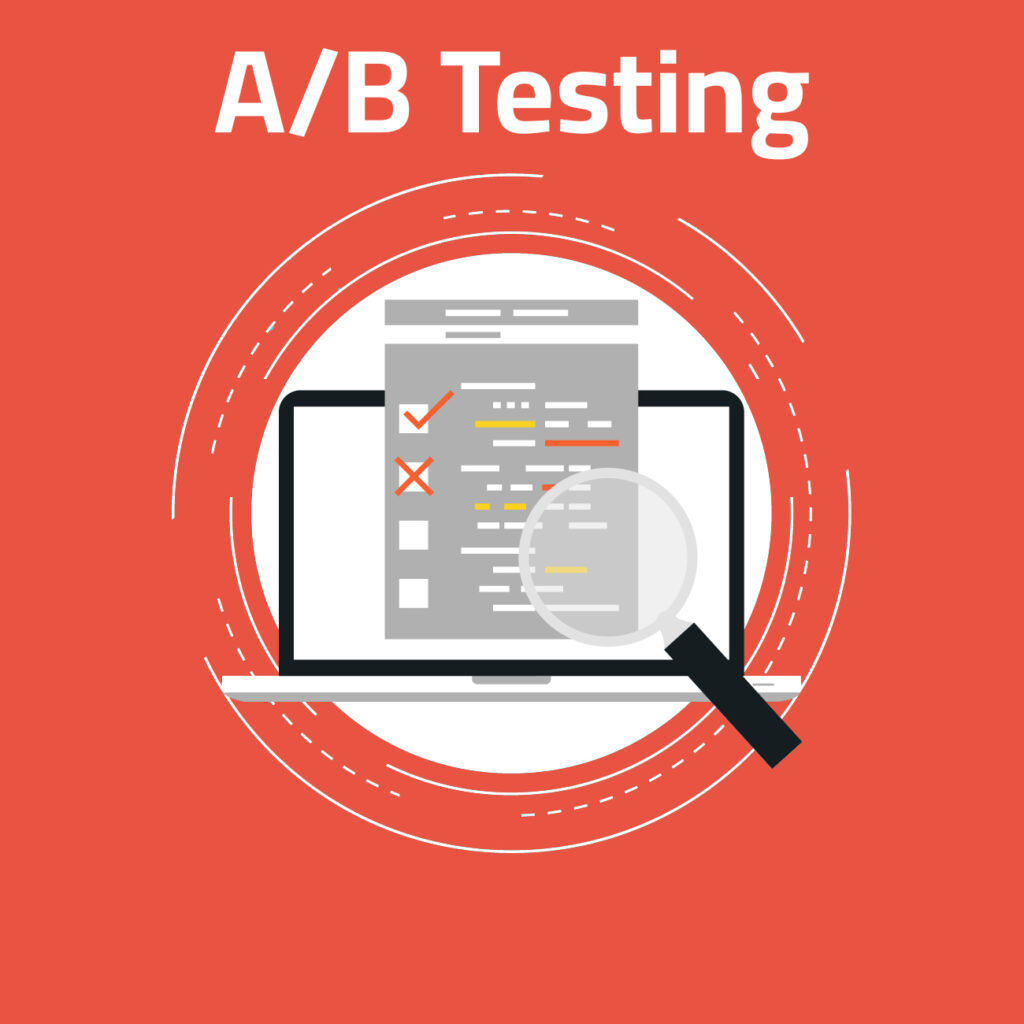How to make A/B Testing different elements of your website?
A/B testing, also known as split testing, is a method to compare two versions of a webpage or element to determine which one performs better in terms of user engagement or conversions. Here’s how to make A/B testing effectively:
1-Define Your Goals:
Clearly establish the objectives of your A/B test. Are you trying to improve click-through rates, conversion rates, engagement, or something else? Your goals will shape the elements you test.
2-Choose the Element to Test:
Identify the specific element you want to test. Common A/B testing candidates include headlines, images, CTA buttons, forms, page layouts, or entire web pages.
3-Create Variations:
Develop two (or more) versions of the element you’re testing. One version should be the existing or “control” version, and the others are the “variations.” Ensure that only one element is changed at a time to isolate the impact of that change.
4-Randomly Assign Visitors:
Use an A/B testing tool (e.g., Google Optimize, Optimizely, or VWO) to randomly assign website visitors to either the control or variation group. This randomization is essential to ensure unbiased results.
5-Collect Data:
Allow the test to run until you have collected a sufficient amount of data to make statistically significant conclusions. The duration may vary depending on your traffic volume and the magnitude of the expected change.
6-Analyze Results:
Use statistical analysis to compare the performance of the control and variation groups. Determine if there is a significant difference in the metrics you’re testing (e.g., conversion rates, click-through rates, or engagement).
7-Implement the Winner:
If the variation outperforms the control and the results are statistically significant, implement the winning version. This becomes your new control, and you can start a new test to further optimize.
8-Iterate and Repeat:
Continue the process of A/B testing by focusing on different elements or aspects of your website. Over time, these small optimizations can lead to significant improvements in your site’s performance.
Best Practices for Effective A/B Testing:
Sample Size: Ensure you have a sufficiently large sample size to obtain statistically significant results. Tools and online calculators can help determine the required sample size.
Duration: Run your tests for an adequate duration to account for any daily or weekly patterns in user behavior. Avoid making hasty decisions based on incomplete data.
Segmentation: Segment your audience based on relevant characteristics (e.g., new vs. returning visitors) to understand how different user groups respond to changes.
Document and Communicate: Keep thorough records of your tests, including the changes made, the results, and the impact on key performance indicators. Share findings with relevant teams.
Consistency: Be consistent in your testing methodology. Use the same metrics and criteria for success across tests to ensure reliable comparisons.
Prioritize Elements: Prioritize elements to test based on their potential impact and the resources required to make changes.
Stay Informed: Stay up-to-date with industry best practices and trends to guide your testing strategy.
A/B testing is an iterative process that can lead to data-driven improvements in your website’s performance. By following best practices and using A/B testing tools, you can make informed decisions that enhance user engagement and conversions.
To learn more about the10 Proven Strategies to Increase Your Website’s Conversion Rate.
Follow Us on Youtube channel Rmp-Agency To get The Latest Updates

